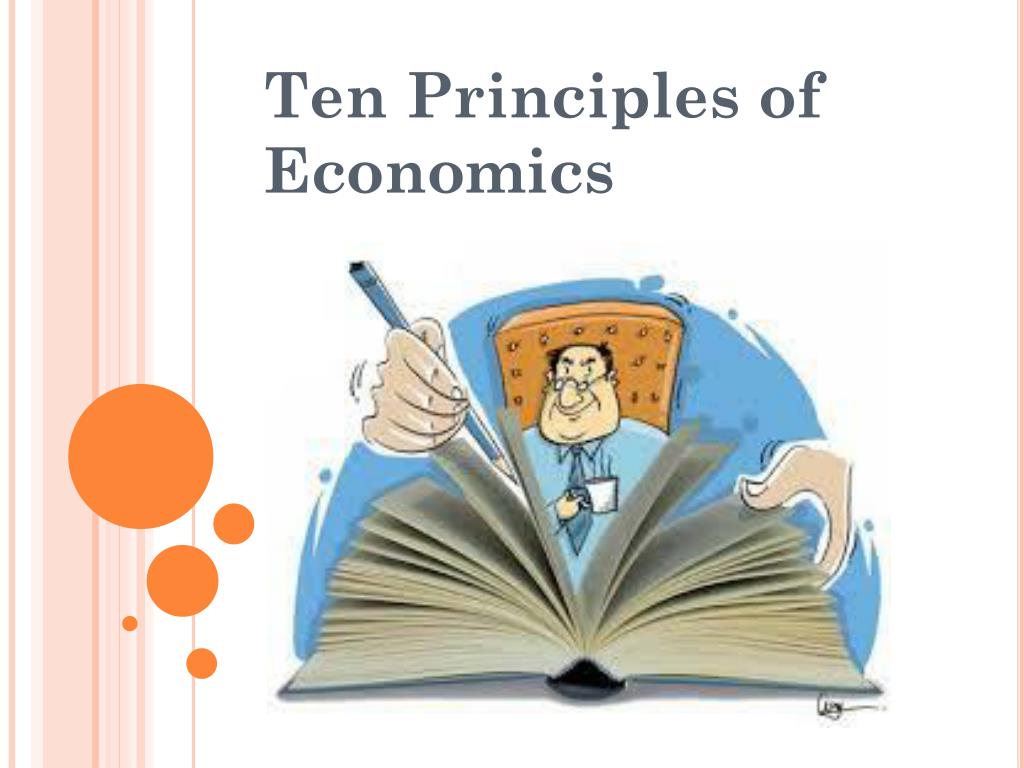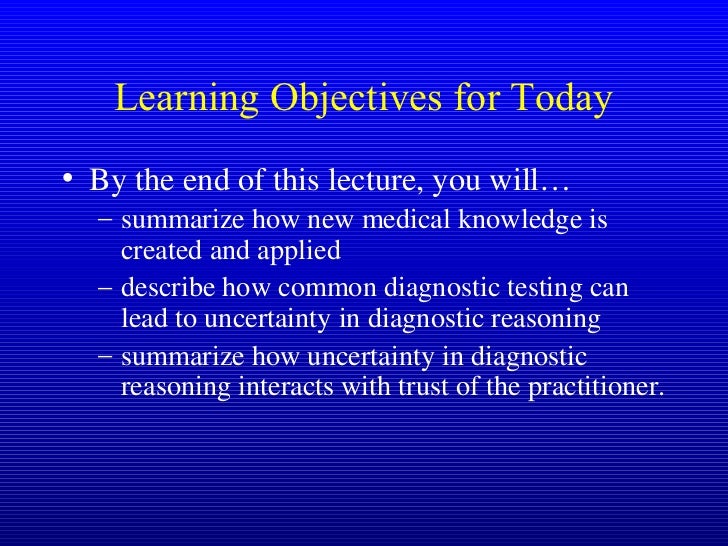

Note: Keynes opposed the economic theories of 18th-century economist Adam Smith, who was a major proponent of laissez-faire economic policies and the "invisible hand" or tendency of free markets to regulate themselves. Instead, it promotes a balanced budget while allowing an uncontrolled free market to use the laws of supply and demand to self-regulate. In this model, demand increases supply and reduces unemployment since more workers are needed to keep up with increased demand.Ĭlassical economics advocates laissez-faire (let it be) policy, with little to no government intervention. Keynesian economics promotes government intervention in the business cycle, including borrowing, as a way to stimulate demand. Since then, economic policy has been a mix of the two. Economists once again returned to Keynes during the global financial crisis in 2008. This resulted in a retreat to classical economics from the mid to late 70s to 2008.

During the 1970s, Keynesian economics failed to explain how high inflation and unemployment, otherwise known as stagflation, could happen at the same time. While the Keynesian approach was somewhat successful, massive government spending on World War II is what primarily rescued the economy.ĭuring the period from 1946 to 1976, Keynesian economics became dominant. This was accomplished by Keynesian-style deficit spending to promote economic growth. His intent was to reinvigorate the economy by stimulating consumer demand. Although Keynes' General Theory is his most famous work, its 1930 two-volume precursor, " A Treatise on Money," is often regarded as more important when it comes to economic thought.įrom 1933 to 1939, US President Franklin Delano Roosevelt adopted Keynes' economic theories in the creation of New Deal legislation.
#ECONOMIC PRINCIPLE DEFINITION FULL#
Keynes saw demand as key to full employment and the force that creates supply. In 1936, Keynes published, " The General Theory of Employment, Interest, and Money." In it, he argues that the notion markets tend toward full employment is false and that government intervention is needed to overcome issues of unemployment and recession. Prevailing classical economic theory, which focused on economic growth and freedom based on supply-side marketplace competition and a hands-off approach, wasn't working. The Great Depression was a time of tremendous financial uncertainty.


He points to government spending programs including the $2.2 trillion CARES Act that the government implemented in response to the COVID-19 pandemic as examples. "The theory holds that during a recession, when consumers stop spending, the government should step in and spend to fill the void," says Dan North, chief economist at Euler Hermes. To spur demand, government policy is focused on direct intervention as a way to influence demand and prevent recession. Known as "demand-side" theory, Keynesian theory suggests the primary factor that drives economic activity is the demand for goods and services. It posits that increased government spending and lower taxes stimulate demand and will pull an economy out of depression. Keynesian economics is a macroeconomic theory developed by the British economist John Maynard Keynes amid the Great Depression in the 1930s. By clicking ‘Sign up’, you agree to receive marketing emails from InsiderĪs well as other partner offers and accept our


 0 kommentar(er)
0 kommentar(er)
